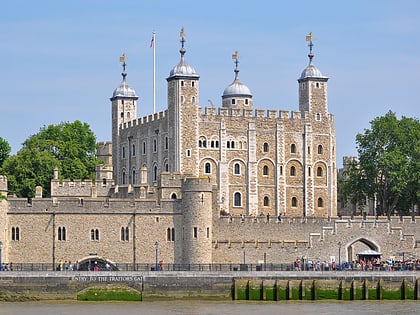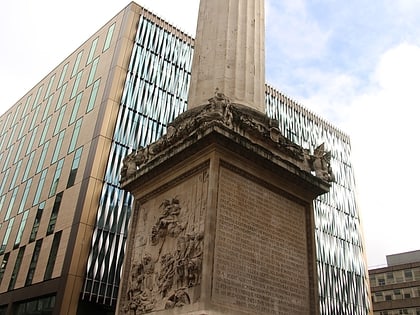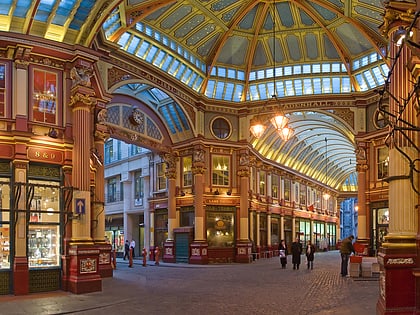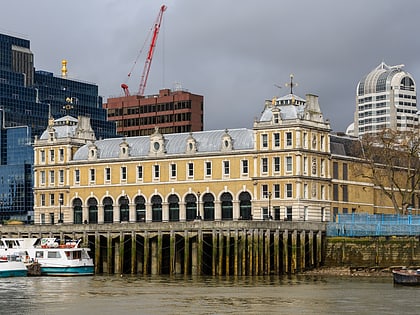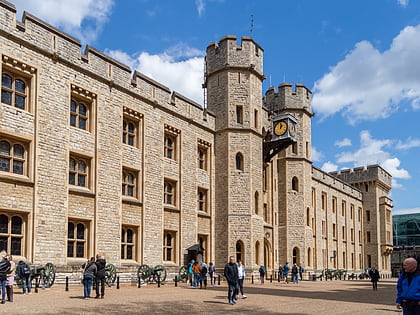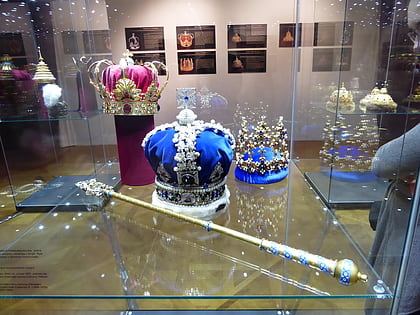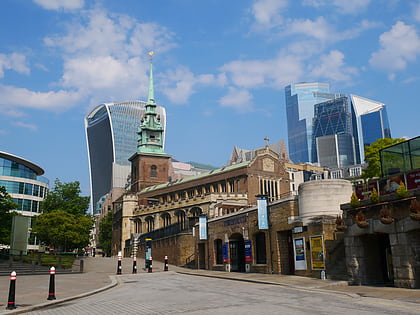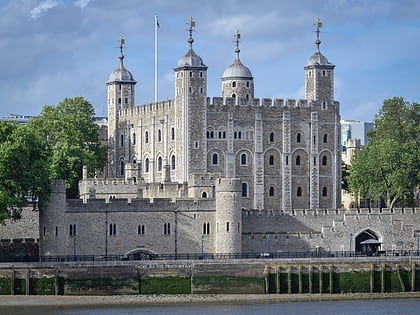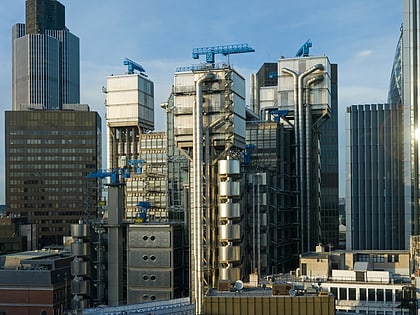London Wall, London

Facts and practical information
The London Wall was a defensive wall first built by the Romans around the strategically important port town of Londinium in c. AD 200. It has origins as an initial mound wall and ditch from c. AD 100 and an initial fort, now called Cripplegate fort after the city gate that was positioned within its northern wall later on, built in 120-150 where it was then expanded upon by Roman builders into a city-wide defence. Over time, as Roman influence waned through the departure of the Roman army in c. 410, their withdrawal led to its disrepair, as political power on the island dispersed through the Heptarchy period of Anglo-Saxon England. From the conquest of William the Conqueror, successive medieval restorations and repairs to its use have been undertaken. This wall largely defined the boundaries of the City of London until the later Middle Ages, when population rises and the development of towns around the city blurred the perimeter. ()
City of London (Tower)London
London Wall – popular in the area (distance from the attraction)
Nearby attractions include: Tower of London, The Monument, Leadenhall Market, Old Billingsgate Market.
Frequently Asked Questions (FAQ)
Which popular attractions are close to London Wall?
How to get to London Wall by public transport?
Train
- London Fenchurch Street (4 min walk)
- Bank (12 min walk)
Metro
- Tower Hill • Lines: Circle, District (4 min walk)
- Monument • Lines: Circle, District (7 min walk)
Ferry
- Tower Millennium Pier • Lines: Rb1, Rb1X, Rb2, Red Tour (5 min walk)
- London Bridge City Pier • Lines: Rb1, Rb1X, Rb2, Rb6 (8 min walk)
Light rail
- Tower Gateway Platform 1 • Lines: Tg-B (7 min walk)
- Bank Platform 9 • Lines: B-L, B-Wa (9 min walk)
Bus
- Fenchurch Street • Lines: 133, 26, 388, 8, N11, N133, N242, N26, N8 (7 min walk)
- Monument Station • Lines: 388 (7 min walk)



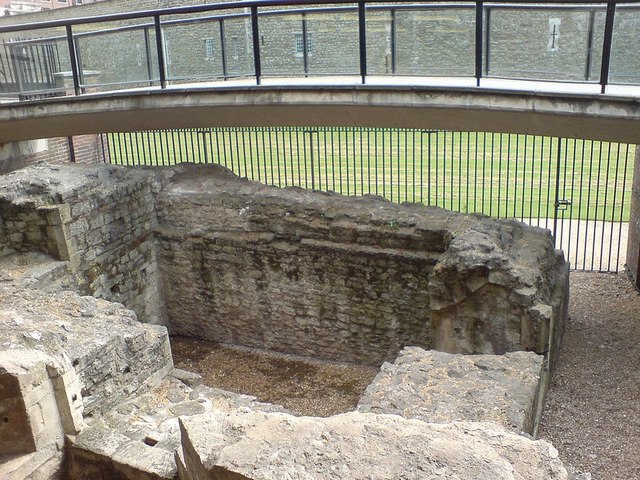
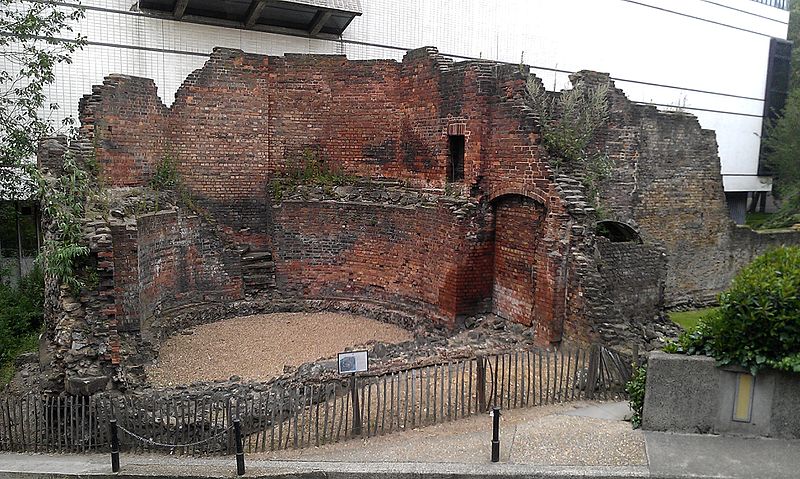
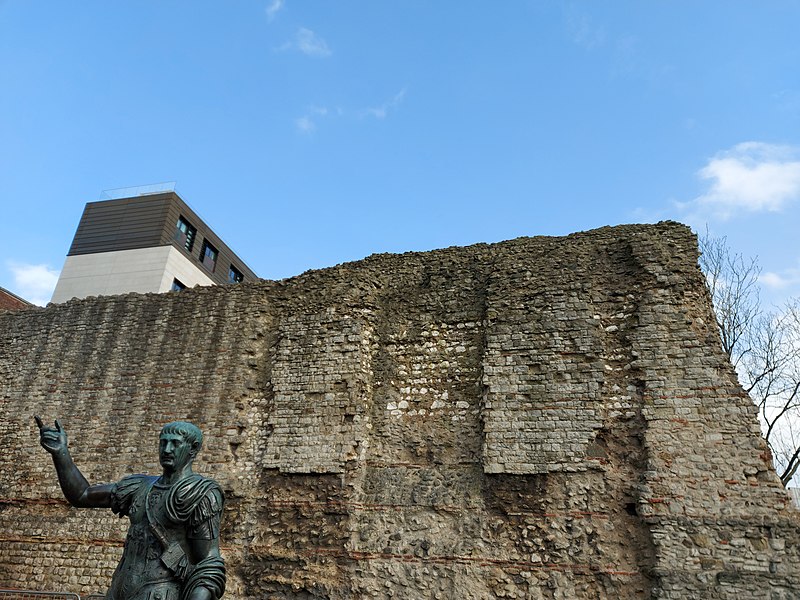


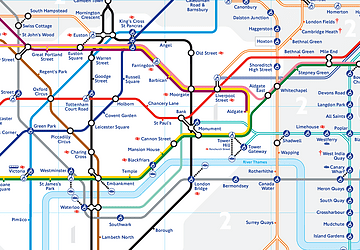 Tube
Tube